CARBOGEN AMCIS Researchers, Dr. Artem Osypenko and Dr. Igor Dovgan, Publish Advancements in Protein Conjugation in an ACS OMEGA publication.
CARBOGEN AMCIS and Idorsia collaborate on a groundbreaking API synthesis process for Clazosentan, showcased in a recent OPR&D publication.
Dr Samuel Bourne, CARBOGEN AMCIS’ Flow Chemistry scientific and Dr. Franz Amann, CARBOGEN AMCIS' senior scientist, focus on the Evolution of Flow Chemistry in a dedicated article on CHIMIA scientific journal.
Discovering a new ADC
After intense research investigations Heidelberg Pharma found a unique access to a fully synthetic route for α-Amanitin. With CARBOGEN AMCIS, Heidelberg Pharma developed a scalable and economical route providing α-Amanitin now available for the development of new therapeutic ADC’s.
Reaction of 1,6‐dibromo‐3‐hexyne with ammonia.
The synthesis of 1,8‐diazacyclotetradeca‐4,11‐diyne was accomplished by reaction of 1,6‐dibromo‐3‐hexyne with ammonia.
1,8-diazabicyclo[6.6.6]eicosa-4,11,17-triyne and 1,8-diazacyclotetradeca-4,11-diyne.
The syntheses of 1,8-diazacyclotetradeca-4,11-diyne and 1,8-diazabicyclo[6.6.6]eicosa-4,11,17-triyne and 1,8-diazabicyclo[6.6.6]eicosa-4,11,17-triene are reported.
1,8-Diazabicyclo[ 6.6.4]octadeca-4,11,16-triyne.
The synthesis of 1,8-diazabicyclo[ 6.6.4]octadeca-4,11,16-triyne (3) has been achieved, X-ray investigations on single crystals reveal an almost planar conformation of the nitrogen atoms.
Treated with [ CpCo(cod)]: 1‐oxacyclotetradeca‐4,11‐diyne.
The following monocyclic and bicyclic 14‐membered diynes were treated with [ CpCo(cod)]: 1‐oxacyclotetradeca‐4,11‐diyne.
The conformations and properties of 1,(k + 2)-diazabicyclo[ k.l.m]alkanes are reviewed briefly.
The conformations and properties of 1,(k + 2)-diazabicyclo[ k.l.m]alkanes are reviewed briefly. In these species the alkane chains allow inside protonation but no metal complexation. Inside metal complexation is made possible if the alkane chains incorporate alkyne units. The preparation and structures of bridged 1,10-diazacyclooctadeca-5,14-diynes are reported.
The reaction of N,N′-bridged 1,10-diazacyclooctadeca-5,14-diynes 1a–d with [ CpCo(cod)] leads to both intra- and inter-molecular (4) CpCo–cyclobutadiene complexes.
The reaction of N,N′-bridged 1,10-diazacyclooctadeca-5,14-diynes 1a–d with [ CpCo(cod)] leads to both intra- and inter-molecular (4) CpCo–cyclobutadiene complexes. The yield of intramolecular complex decreases and the yield of intermolecular complex increases with growing length of the alkane bridge. X-Ray investigations on single crystals of 3a, 3d and 4d reveal that the repulsions between the Cp ring and two CH2-groups in β-position to the cyclobutadiene ring increase from 3a to 3d. Such steric repulsions are not found in 4d.
A short and efficient synthesis of (S)-1-Boc-2,5-dihydro-1H-pyrrole-2-carboxylic acid is described.
A short and efficient synthesis of (S)-1-Boc-2,5-dihydro-1H-pyrrole-2-carboxylic acid is described. Starting from N-Boc-diallylamine, the synthesis involves ring-closing metathesis (RCM), directed alkoxycarbonylation (using strong lithium bases and alkyl carbonates) and enzymatic kinetic resolution of the racemate.
Stereoselective transformation performed on multi-kilogram scale at CARBOGEN AMCIS AG.
Stereochemistry is an important topic not only in academic research, but also in industrial manufacture. Herein, we present an example of a stereoselective transformation performed on multi-kilogram scale at CARBOGEN AMCIS AG for VenatoRx Pharmaceuticals.
Route scouting, process development, and multikilogram syntheses of an IGF-1R/Src/Bcr-Abl inihibitor are reported.
Route scouting, process development, and multikilogram syntheses of an IGF-1R/Src/Bcr-Abl inihibitor are reported. Key aspects of the developed route are a regioselective [ 3 + 2] isoxazole formation on a pyrimidine core and a selective SNAr addition of an aryl amine to a symmetrical dichloro substituted pyrimidine. The route contains six synthetic steps and was demonstrated twice on scale, delivering 4.6 and 11.2 kg (25% and 16% overall yield), for Phase I clinical studies.
A pilot-plant process is described for the reduction of 2-allyl cyclohexanone oxime with melted sodium in xylenes, toluene, and 4-methyl-2-pentanol.
A pilot-plant process is described for the reduction of 2-allyl cyclohexanone oxime with melted sodium in xylenes, toluene, and 4-methyl-2-pentanol. The trans/cis ratio was 3–4:1. Safety data are presented from a range of thermokinetic experiments (heat flow calorimetry, differential scanning calorimetry, and accelerating rate calorimetry). The process has been designed and developed to enable an expedient and safe scale-up in a standard enameled 100-L steel reactor and has been reproduced six times on 209 mol scale (each 4.8 kg sodium). Crystallization of the product 2-allyl cyclohexylamine with oxalic acid from the reaction mixture in tert-butyl methyl ether successfully avoided the yield losses associated with the isolation of the volatile free 2-allyl cyclohexylamine.
From a library of over 150 1,2,4,5‐tetraoxanes, the candidate RKA 182 was selected for preclinical development as an antimalarial agent.
From a library of over 150 1,2,4,5‐tetraoxanes, the candidate RKA 182 was selected for preclinical development as an antimalarial agent. RKA 182 has outstanding in vitro activity against resistant strains of P. falciparum and retains this level of activity against southeast asian isolates that failed artemisinin‐based combination therapy.
Control of trace inorganics and an understanding of reaction kinetics and impurity generation proved critical in allowing safe and reliable scale-up of a high-temperature Claisen reaction.
Control of trace inorganics and an understanding of reaction kinetics and impurity generation proved critical in allowing safe and reliable scale-up of a high-temperature Claisen reaction in support of multikilogram manufacture of a key chromene intermediate 4. Implementation of a Medicinal Chemistry route allowed for rapid early phase delivery of 1 to support early clinical studies.
An improved process to the novel 4-aminoquinoline antimalarial GSK369796 is described.
An improved process to the novel 4-aminoquinoline antimalarial GSK369796 is described. Although the initial synthetic route consisted of only two steps from readily available starting materials, the product isolated via the key Mannich reaction was hampered by both low yields and low purity. In addition to instability under the reaction conditions used for the Mannich reaction, the drug substance was found to decompose during attempts to purify by recrystallisation. Reaction conditions were developed that resolved these issues, culminating in the successful production of multi-kg quantities of GSK369796 in >98% a/a purity and in 57% overall yield.
Preparation of a HMG-CoA Reductase Inhibitor via an Optimized Imidazole-Forming Condensation Reaction.
Development work toward an enabling synthesis of preparative scale batches of an imidazole-based HMG-CoA reductase inhibitor is described. The desired target was synthesized in 16% yield over 7 steps, highlighted by an imidazole-forming condensation reaction in which the yield was improved from 20% to >70% via modification of the solvent, acid, and amine equivalents. The step 2 acylation was improved, and a problematic benzyl ester in step 4 was converted into the corresponding benzyl amide to decrease trans-amidation during the step 5 imidazole formation. A highly effective salt formation and crystallization protocol was also developed.
A new reagent for the Odorless Deprotection of Aromatic Methyl Ethers.
A new reagent for the deprotection of aromatic methyl ethers, 2-(diethylamino)ethanethiol, is reported. This compound, commercially available as its HCl salt, affords the corresponding phenols in good to excellent yields on a wide variety of substrates. A clear advantage of this method over the use of more common thiols, such as ethanethiol, is the easy extraction of both the deprotecting reagent and the byproduct 2-(diethylamino)ethyl methyl sulfide into the aqueous phase by quenching with dilute acid, which allows an essentially odorless workup.
Synthesized monoaza[ 5]helicenes have been resolved into their enantiomers via enantioselective HPLC.
Three closely related previously synthesized monoaza[ 5]helicenes have been resolved into their enantiomers via enantioselective HPLC using a cellulose-derivative Chiralcel OD column.
The first safe and efficient synthesis of the important building block 2-amino-8-hydroxyquinoline is described.
The first safe and efficient synthesis of the important building block 2-amino-8-hydroxyquinoline is described. Starting from the readily available N-oxide 3 of the cheap bulk chemical 8-hydroxyquinoline, the target compound is obtained in a two-step one pot procedure in good overall yield (53−66%) and purity (>98%) on a kilogram scale without chromatography.
The synthesis was optimized and scaled-up to produce 10kg quantities of final product.
The synthesis of cis-N-benzyl-3-methylamino-4-methylpiperidine via hydroboration of tetrahydropyridine followed by oxidation and reductive amination was optimized and scaled up to produce 10kg quantities of product. Three routes to were identified, and the reduction of pyridinium salt was selected as the most preferable to run on-scale. The hydroboration and oxidative workup were carefully studied to optimize throughput on that transformation, as was the reductive amination.
Process Development for the potassium and sodium salts of 3-Methyl-4H-[ 1, 2, 4]oxadiazol-5-one 1A and 1B.
The development of a safe and practical process for the potassium and sodium salts of 3-Methyl-4H-[ 1, 2, 4]oxadiazol-5-one 1A and 1B is described. The focus of the report is how the scale-up issues of the original procedure are overcome, in particular, the thermal hazards of the starting material, hydroxylamine, and the intermediate, acetamidoxime. The final process was demonstrated multiple times on a 600-L scale with consistent yields (70%) and purities (95%).
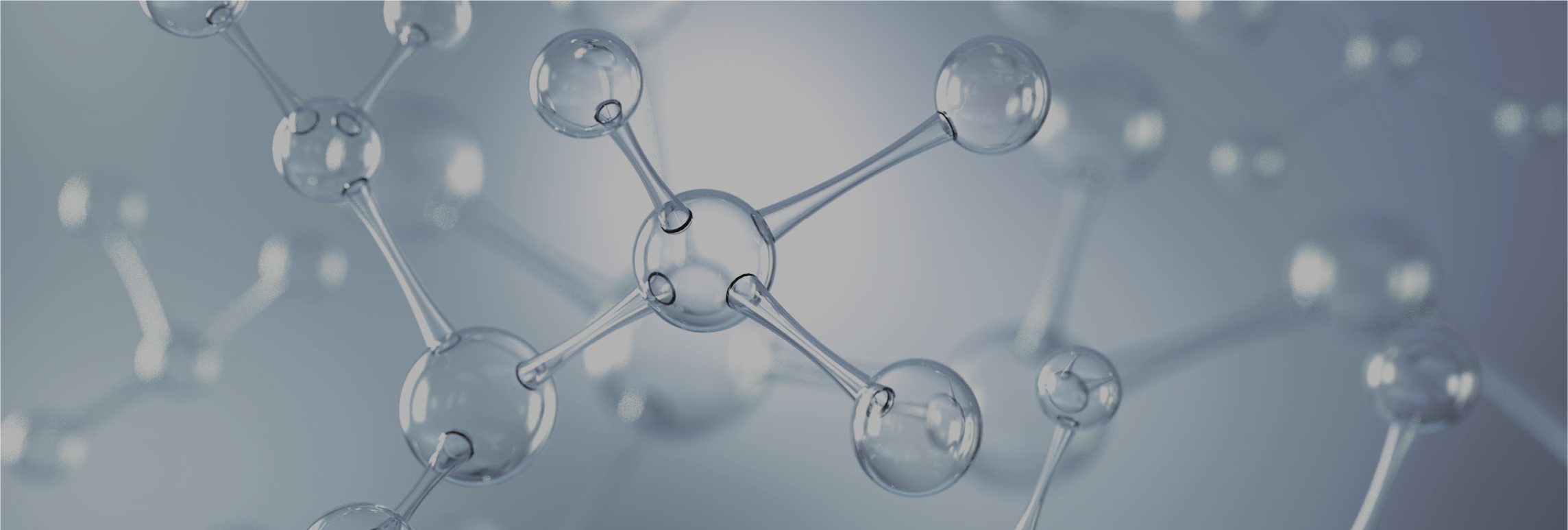


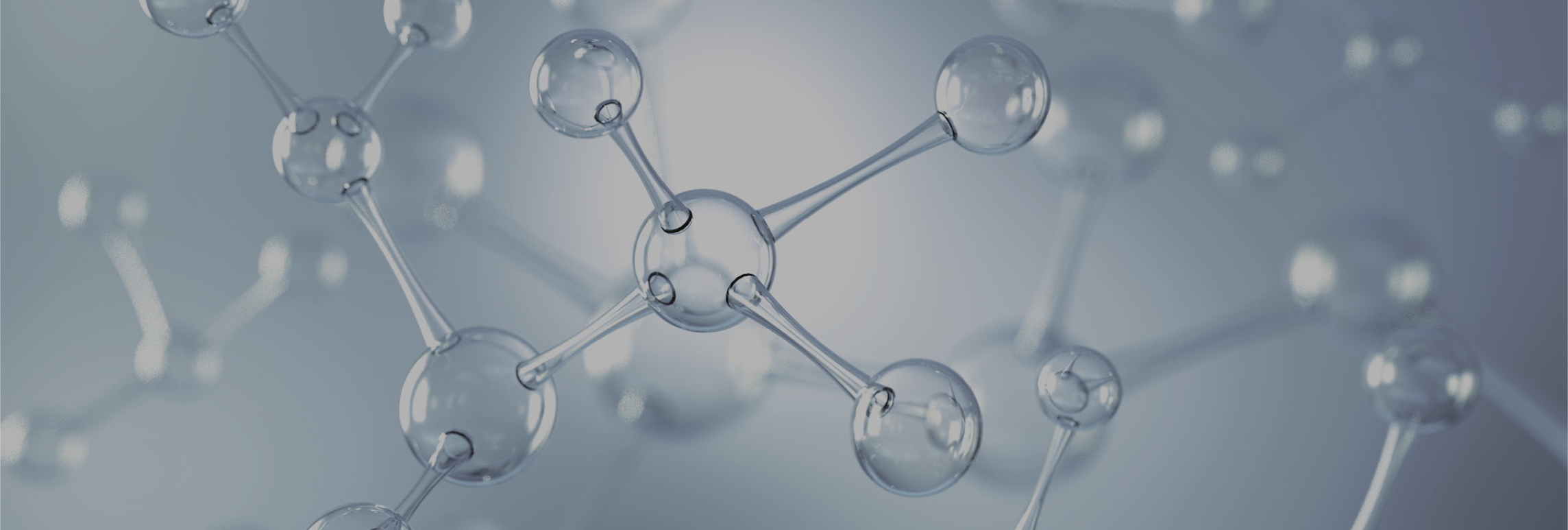
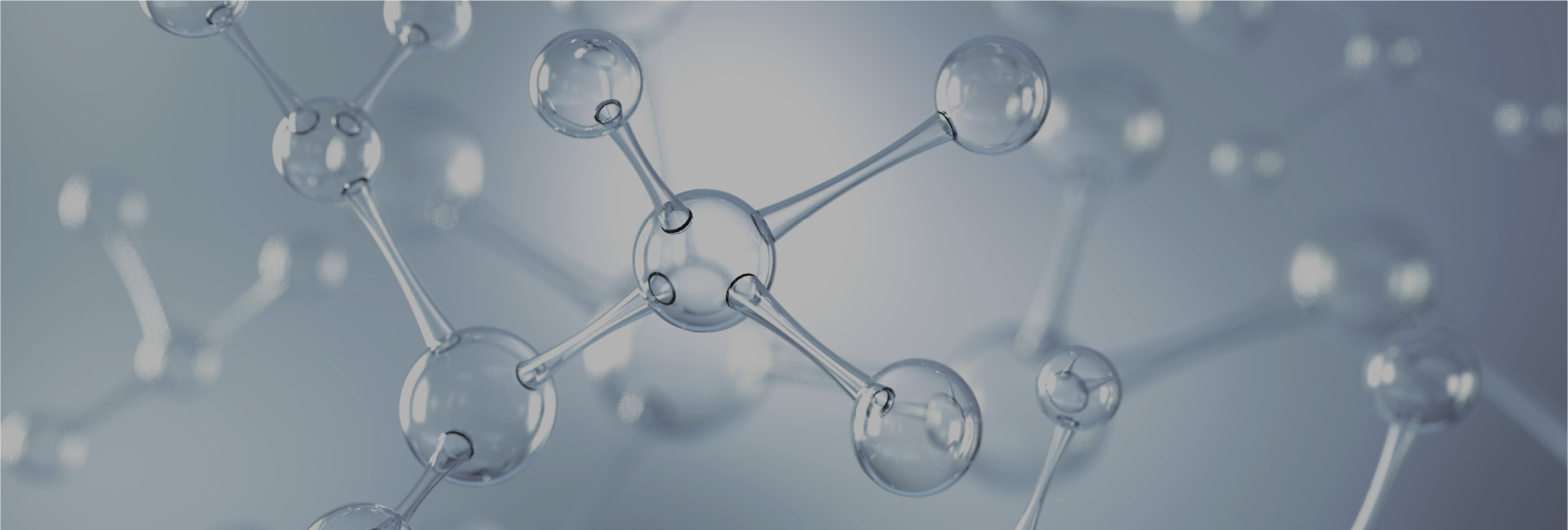
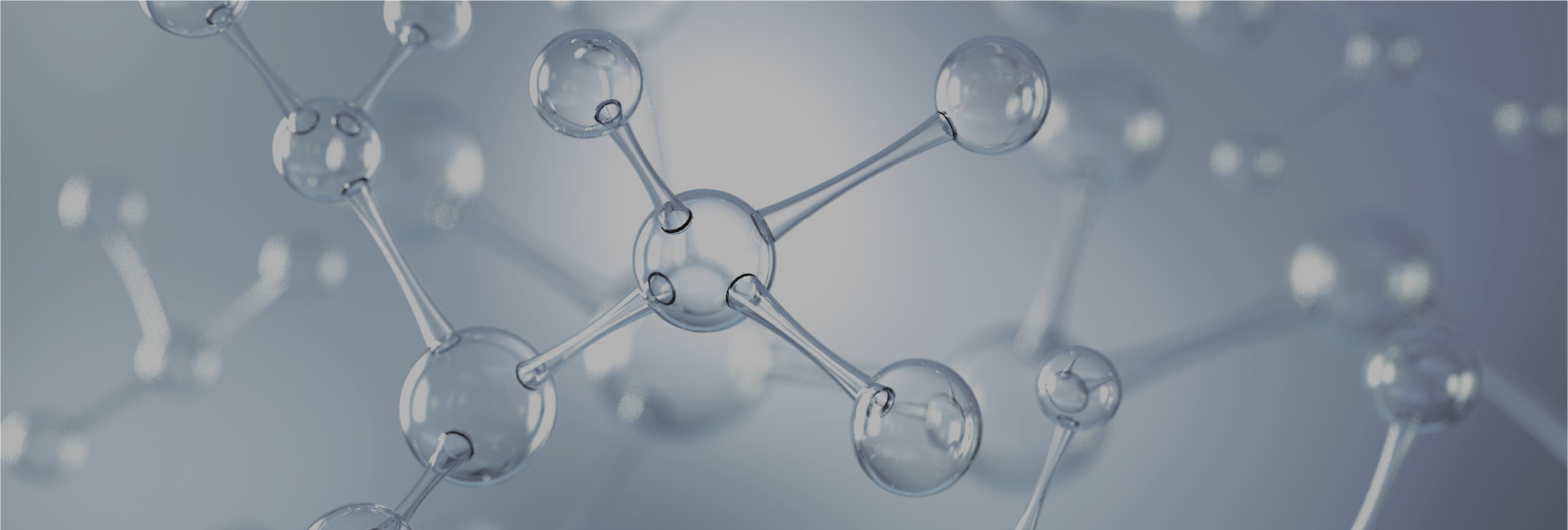
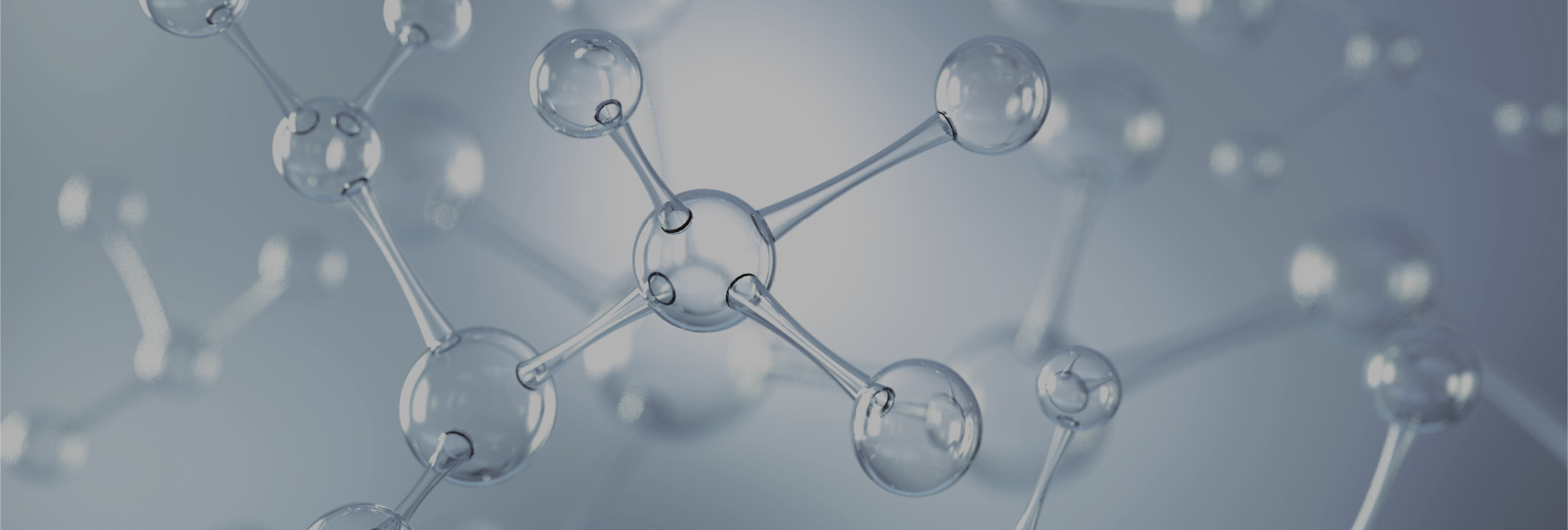
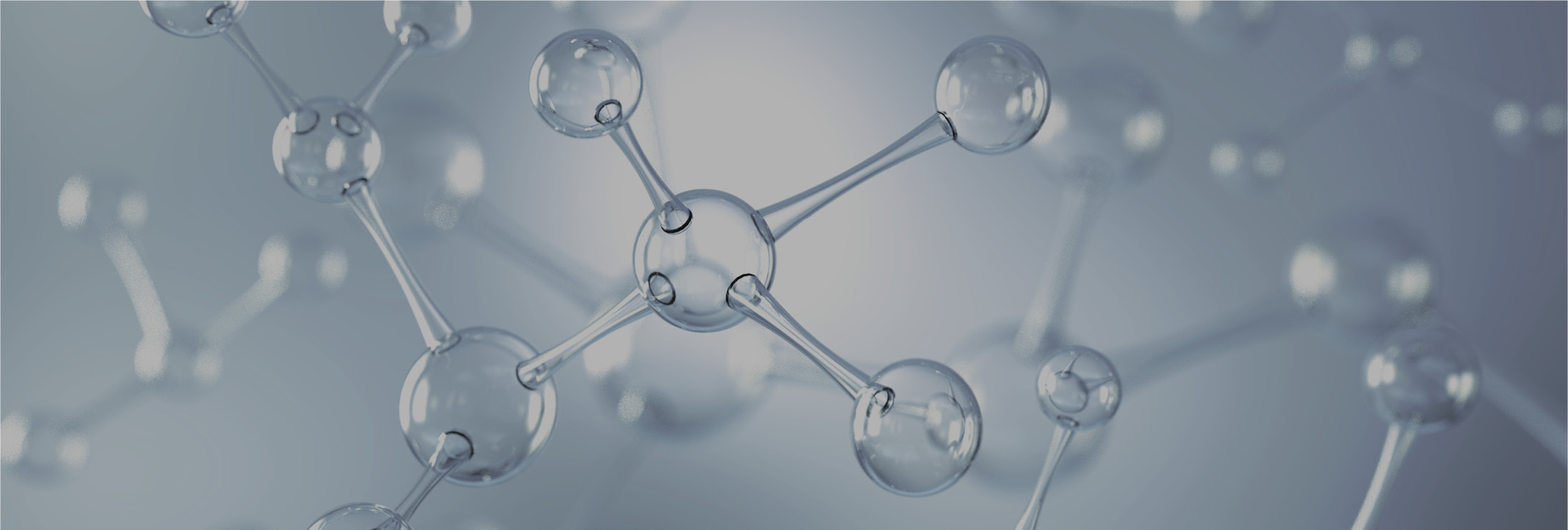
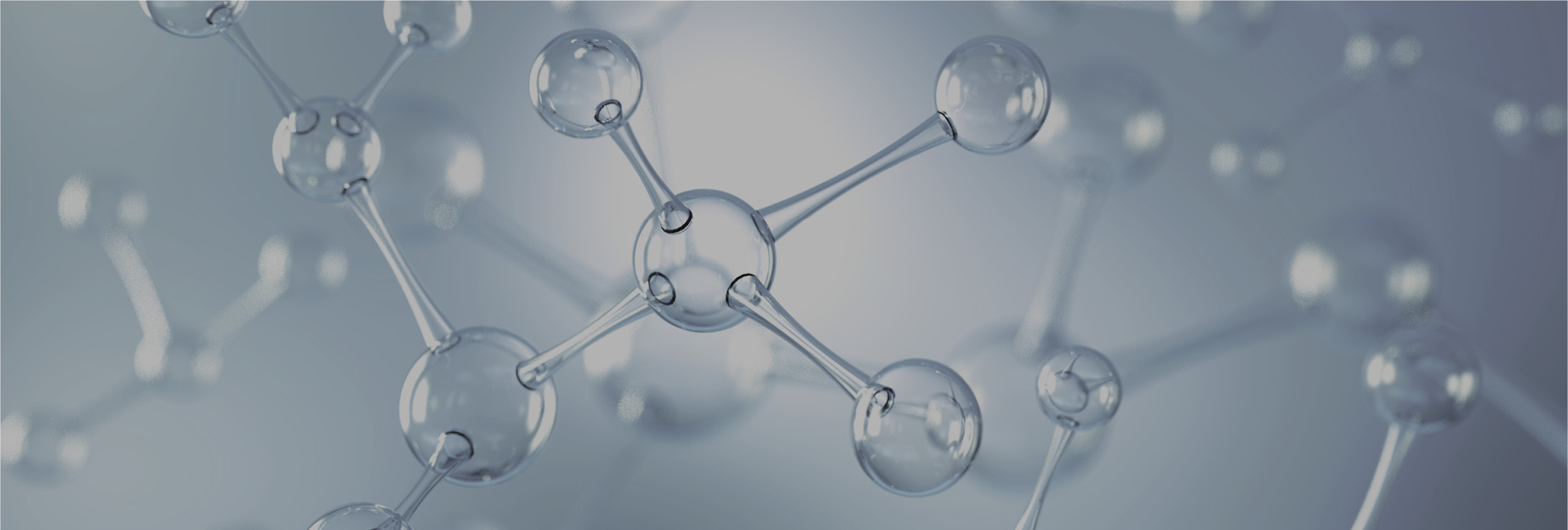
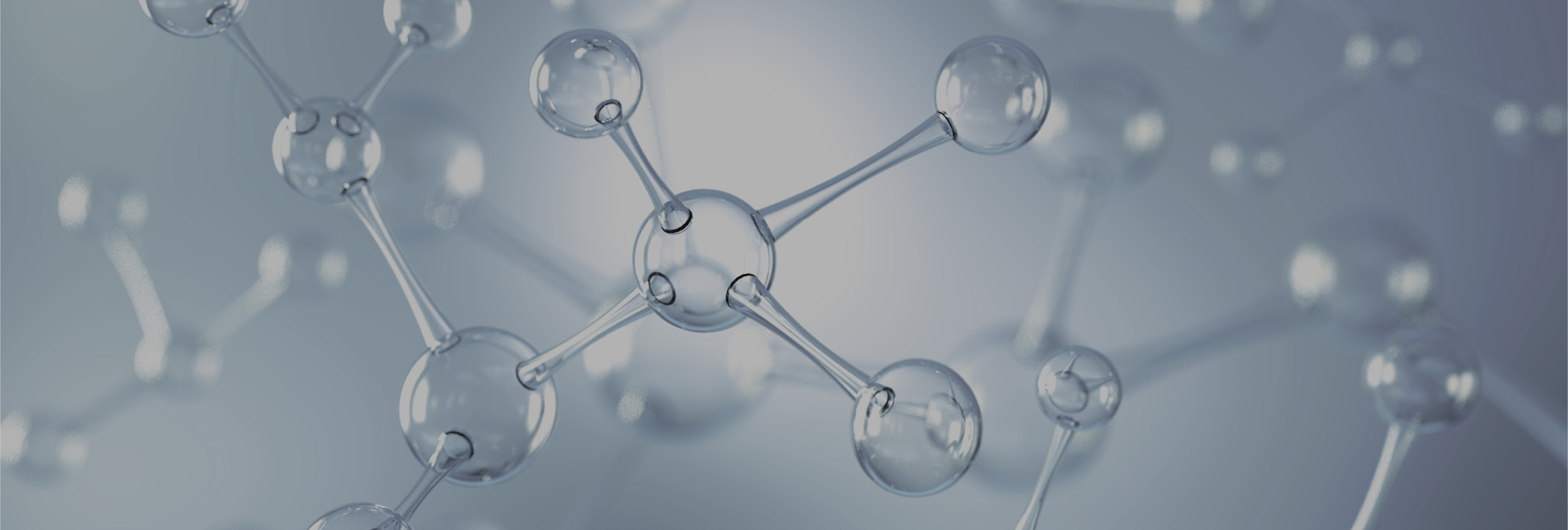
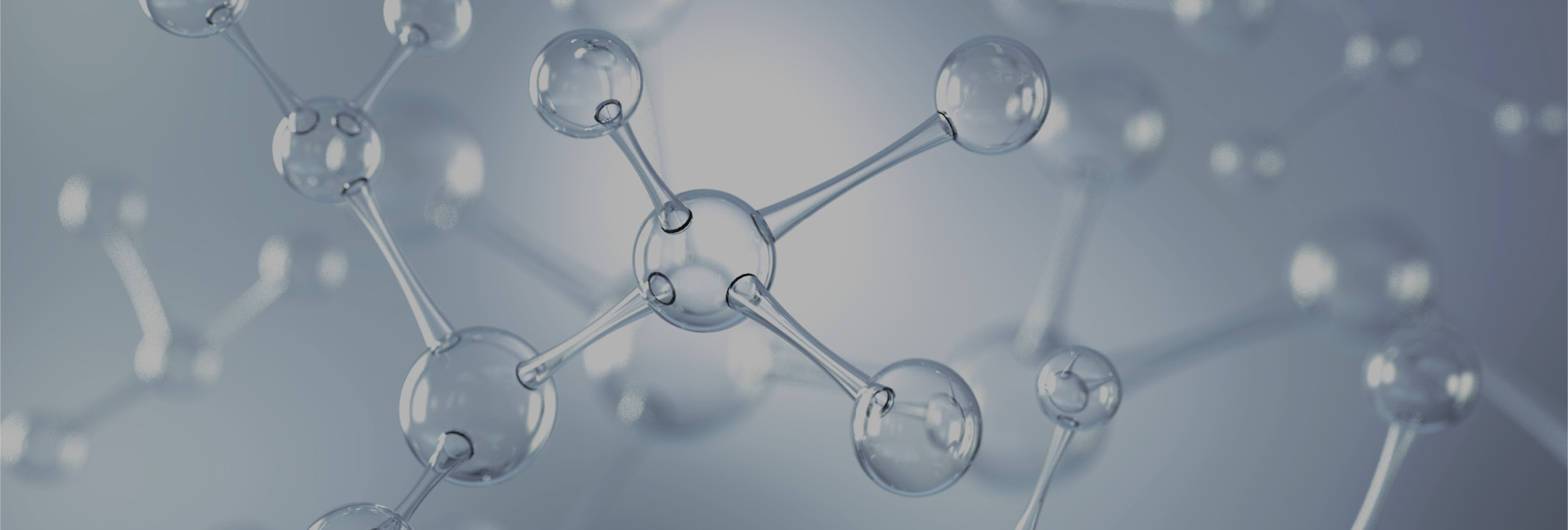
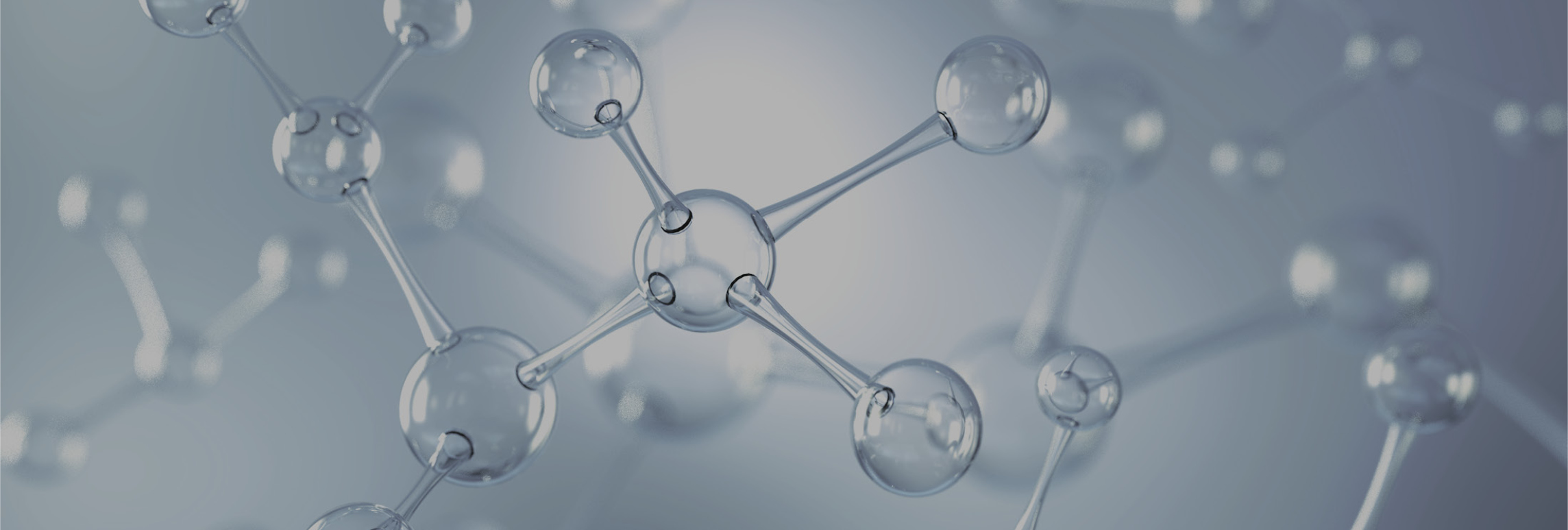
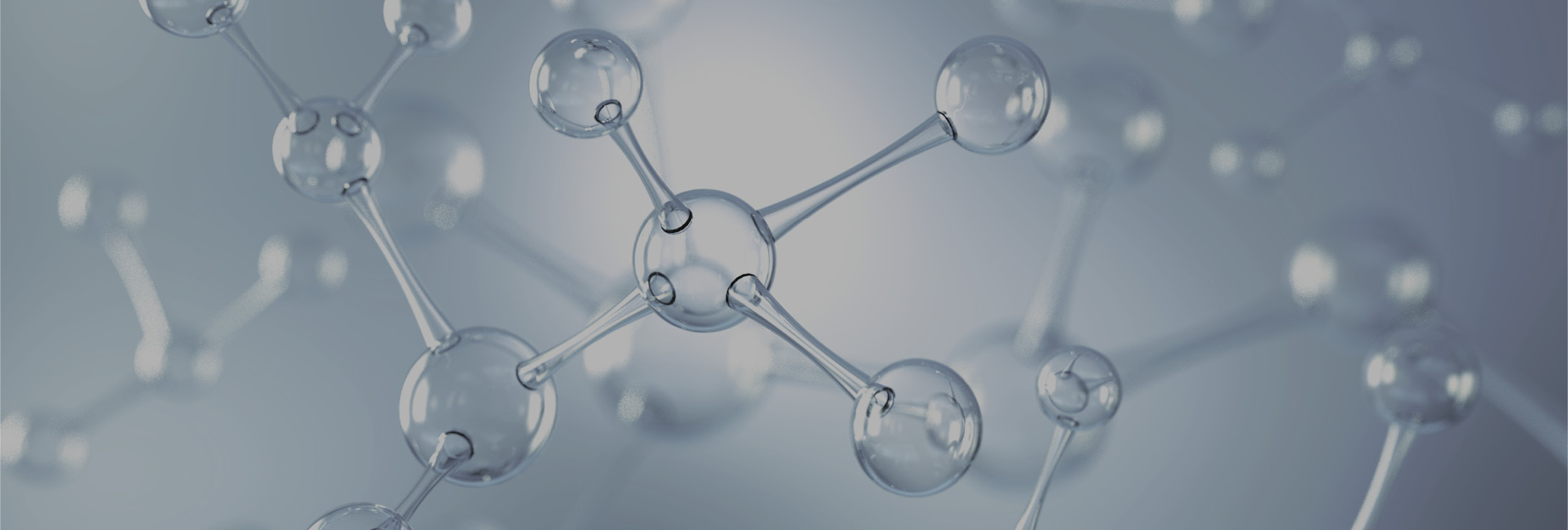
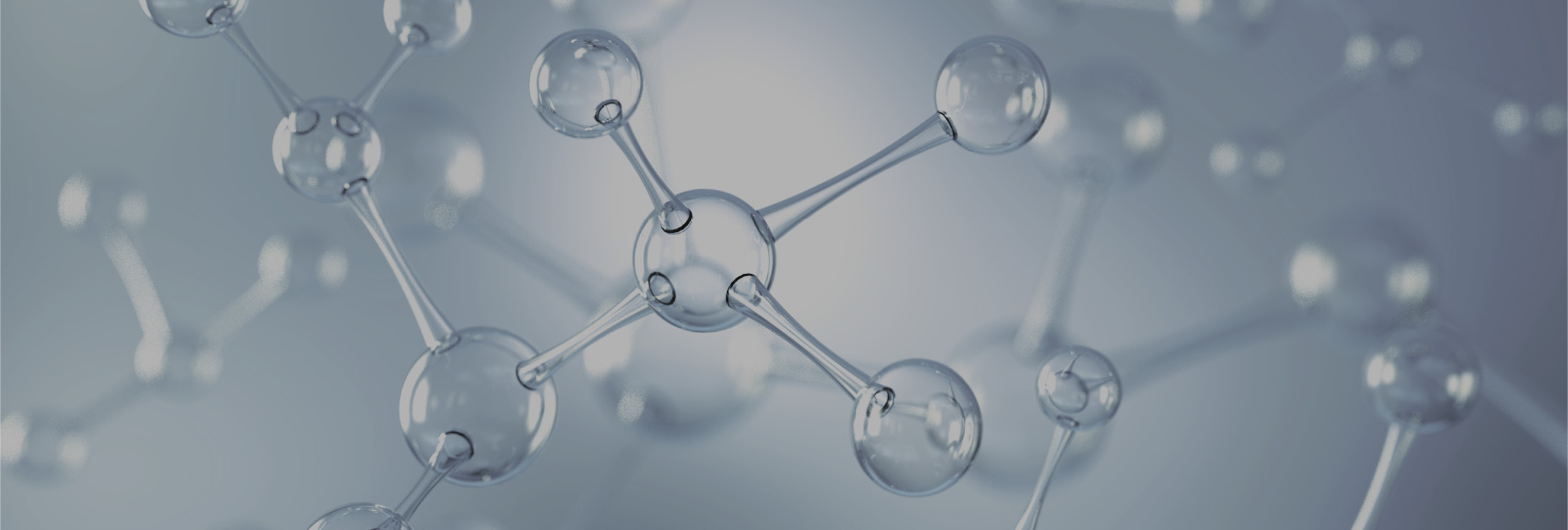
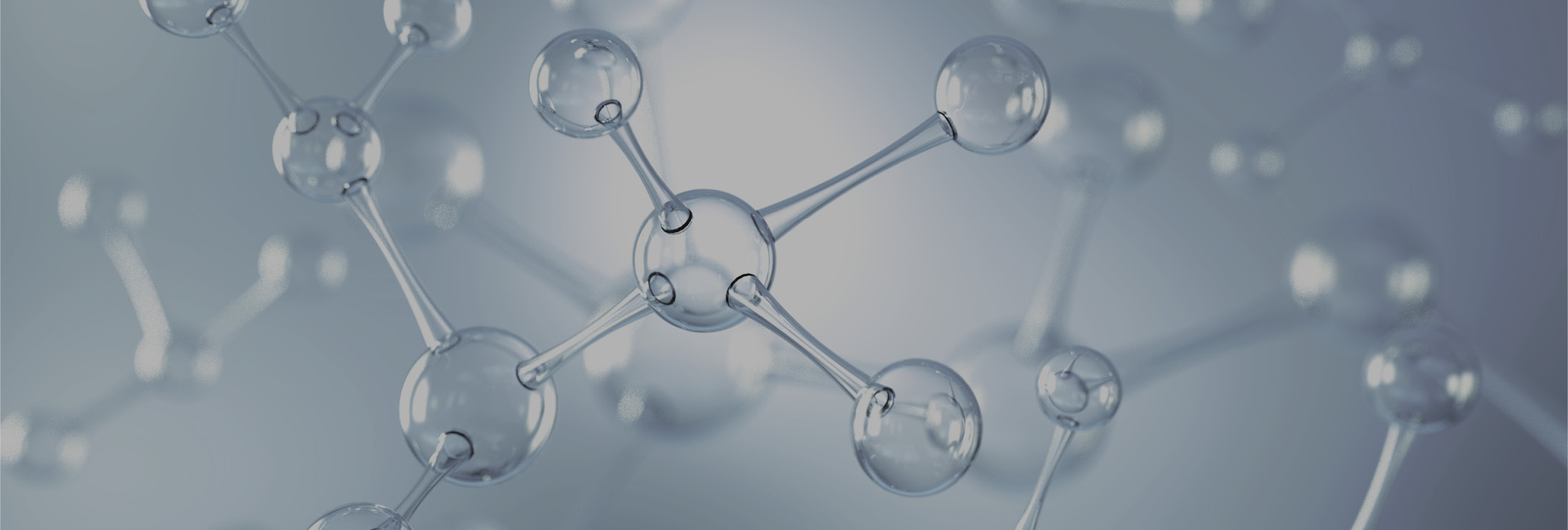
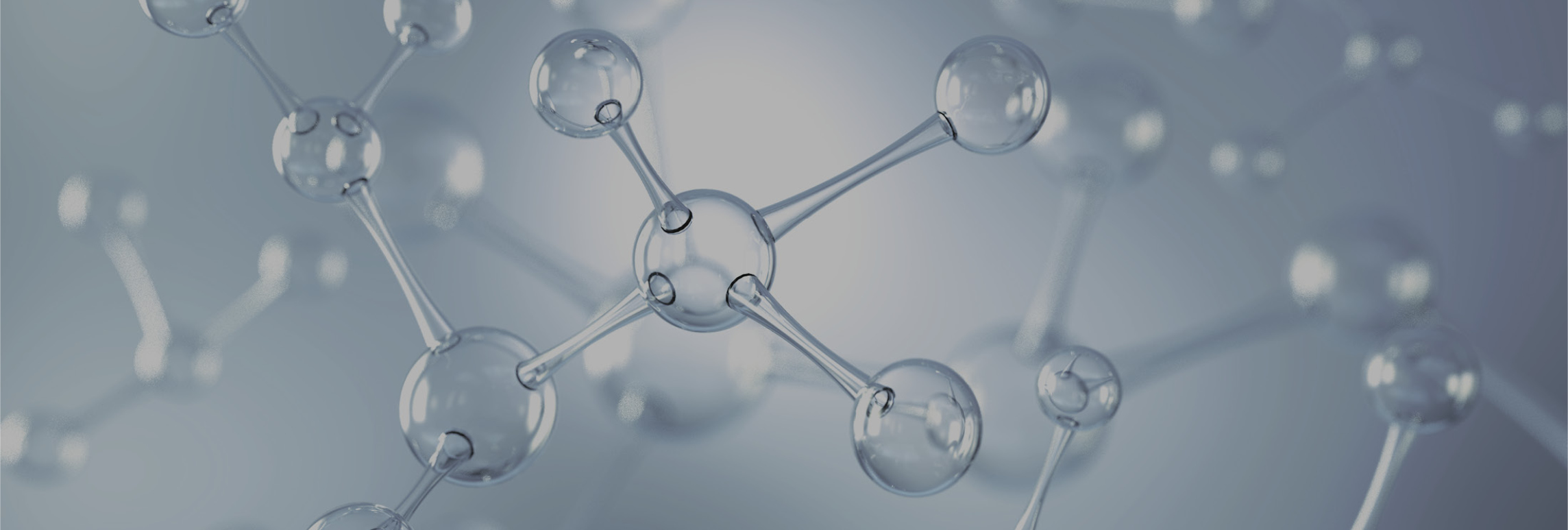
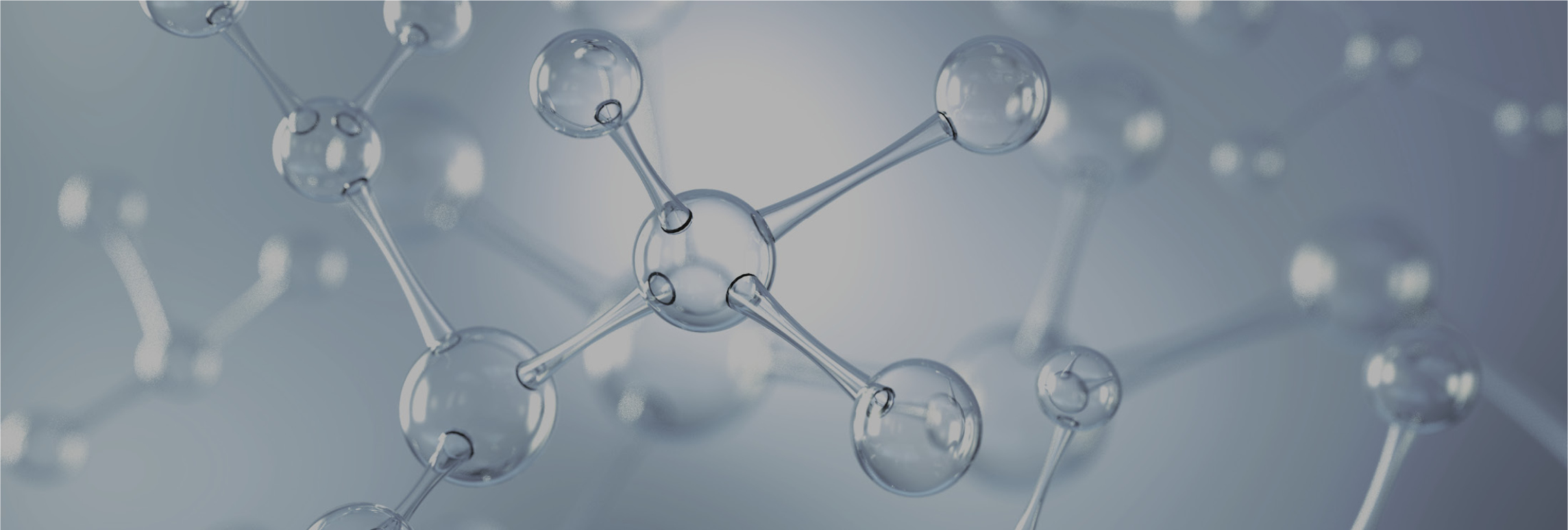
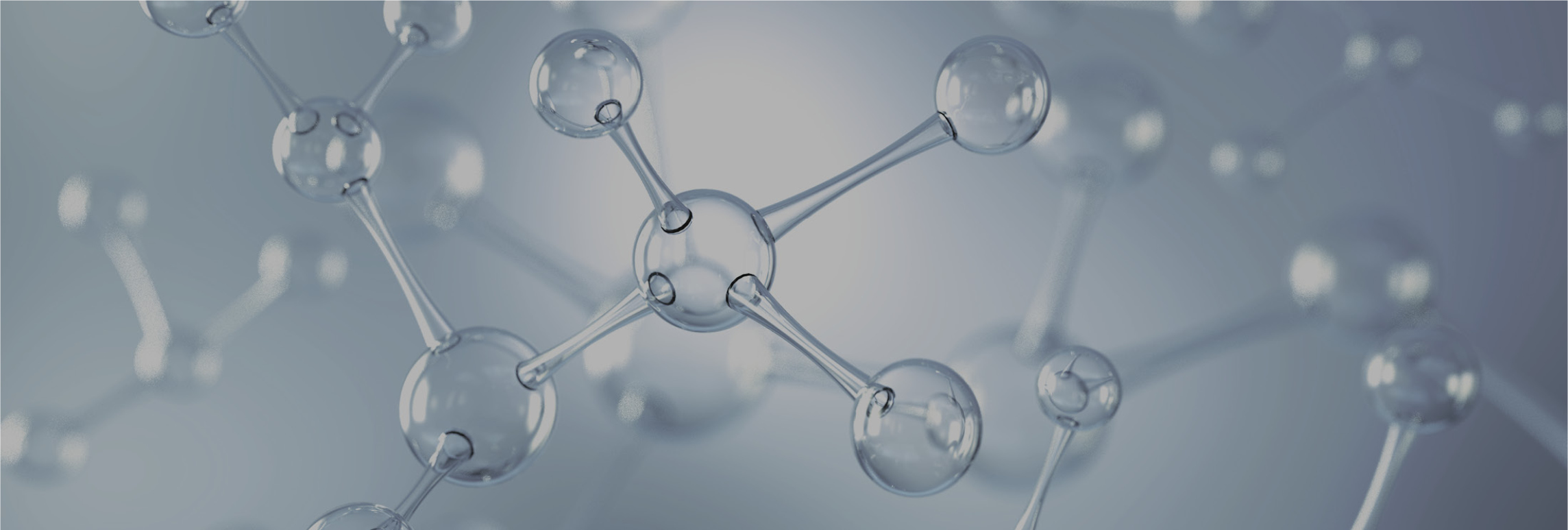
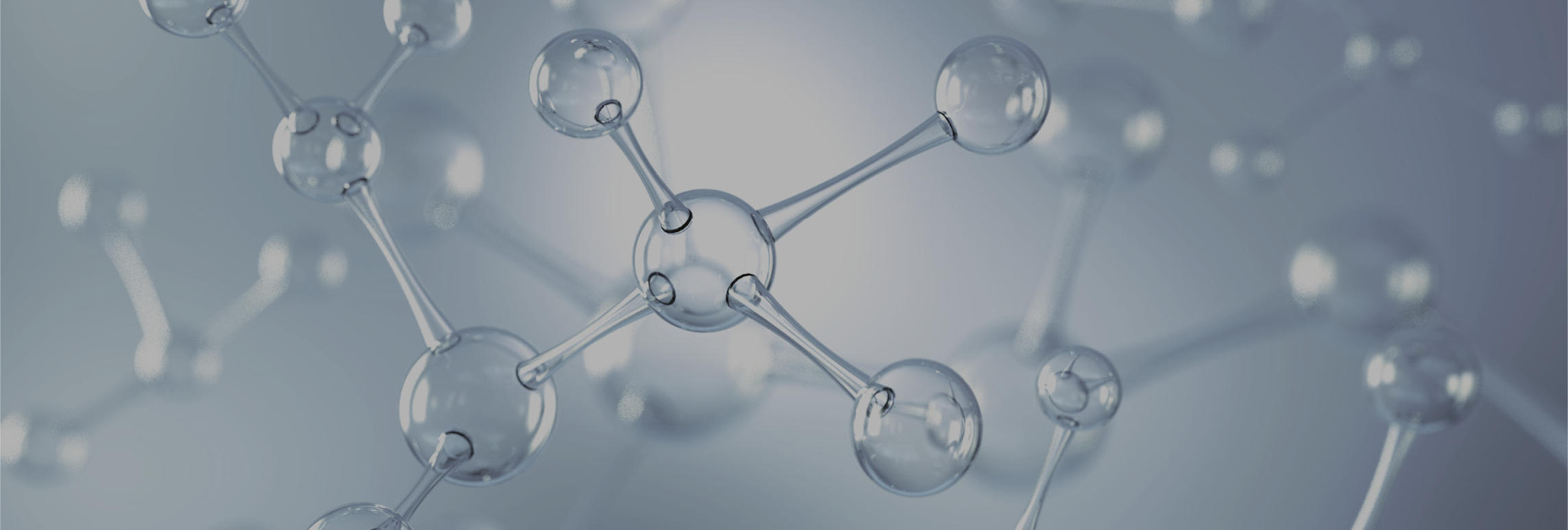
![Large scale preparation of 3-Methyl-4H-[ 1, 2, 4]oxadiazol-5-one Large scale preparation of 3-Methyl-4H-[ 1, 2, 4]oxadiazol-5-one](https://www.carbogen-amcis.com/media/zoo/images/LARGE-SCALE-PREPARATION-OF-3-METHYL-4H-1-2-4-OXADIAZOL-5-ONE_101a8e4d5e073f545f74ee8297d9f746.jpg)